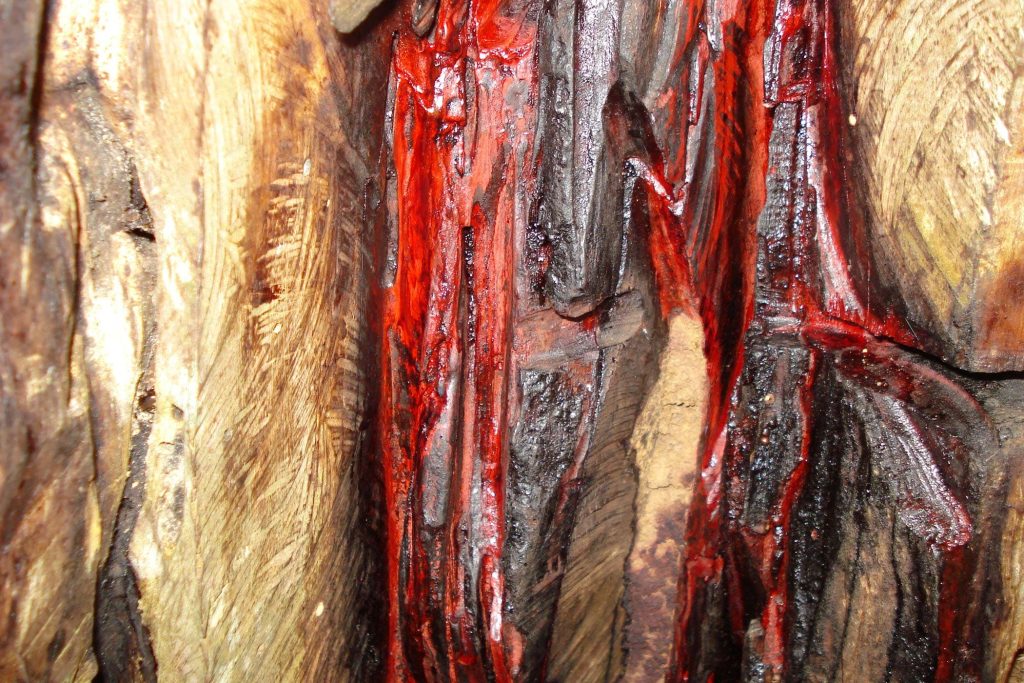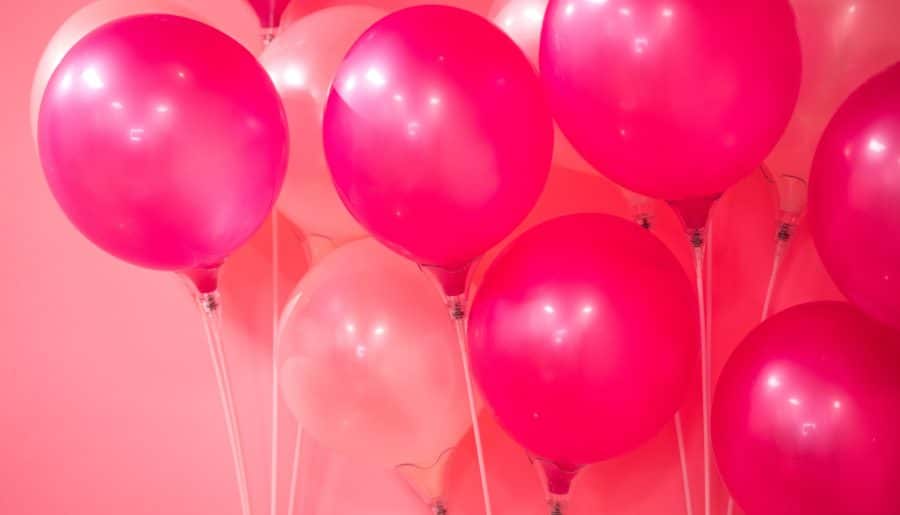Barbie has always been associated with the color pink, and it’s easy to see why. Pink represents femininity, beauty, and elegance, all qualities that Barbie embodies.

From her pink wardrobe to her iconic pink dreamhouse, Barbie has become synonymous with the color. But have you ever wondered how did pink become Barbie’s color in the first place?
It all started in 1959 when her creator, Ruth Handler, first introduced Barbie to the world. Ruth believed pink was ideal for Barbie because it was bright, feminine, and cheerful, perfectly capturing the essence of the iconic doll. Thus, Barbie Pink was born, and the rest is history.
Today, when we think of Barbie, we immediately associate her with the color pink, and it’s a testament to the lasting legacy of this iconic doll.
But did you know that Barbie’s signature pink is the world’s oldest color?
Yes. You read that right! Pink existed over a billion years ago.
In a 2018 study, researchers discovered ancient pink pigments in 1.1 billion-year-old rocks beneath the Sahara Desert in the Taoudeni Basin of Mauritania, West Africa.

Dr. Nur Gueneli, who discovered the pigments during her Ph.D. studies at Australia National University, explained that the bright pink pigments are the molecular fossils of chlorophyll produced by ancient photosynthetic organisms.
Molecular fossils refer to the preserved organic material from deceased organisms that have either transformed into fossils or mostly decayed.
Photosynthetic organisms are those capable of transforming light energy into chemical energy.
These bright pink colors were made by ancient ocean organisms known as marine cyanobacteria, a type of bacteria that obtain energy through photosynthesis. These organisms once lived in an ancient ocean that has long since vanished.

Researchers discovered these bright pink pigments by crushing billion-year-old rocks into powder and extracting and analyzing the molecules of ancient organisms within them.
They found that the ancient pigments appear bright pink when diluted or made less concentrated by adding water or a thinner. In contrast, the fossils appear blood red or deep purple when concentrated.

Pink was Greatly Admired in the Ancient World.
Around 9,000 years ago, in the Andes Mountains (or present-day Peru), skilled hunters wore tailored leather clothing with a pink hue.
This pigment is from red ochre, a natural pigment composed of iron oxide. It’s also one of the oldest known pigments used by humans.

Aside from painting cave walls, this pigment from ochre is used by ancient Egyptians to color lips and cheeks. When applied to human skin, it produced blush-like pink that viewers connected with love and beauty.
Cosmetics’ Color and Colonialism
During the 18th century, the color pink was associated with colonialism (taking control of other countries) due to its high demand for cosmetics. This led Europeans to exploit natural resources from other parts of the world, such as Brazilwood trees in Brazil.

Enslaved workers were forced to cut down so many Brazilwood trees that the country was left deforested, and nearly drove the species extinct to create the pinkish pigments from the bark and red sap.
Pink is for Boys Before
Did you know that pink became popular in baby fashion in the mid-19th century?
Before pastel colors like blue and pink were introduced, most parents dressed their children, whether male or female, in white until they were about six.
However, during World War I, etiquette books and fashion advice columns popularized the idea of dressing children in gender-specific colors. Some stores even began suggesting boy/girl appropriate colors.
In fact, in 1918, the trade publication Earnshaw’s Infants’ Department claimed that pink was suitable for boys because it was a stronger color, while blue was prettier for girls because it was more delicate and dainty.

A 1927 issue of Time also documented that large-scale department stores in Boston, Chicago, and New York began suggesting pink for boys.
But in the 1960s, there was a shift in how mothers dressed their babies. Pink clothing became more popular for female babies, while male babies were dressed in pastel blues.
Jo B. Paoletti, a historian, and author of Pink and Blue: Telling the Girls From the Boys in America, explains that this change was not due to any expert or industry decision. Instead, pink became associated with female babies as a way to reinforce traditional gender roles in American homes after World War II.
Because of this, retailers also realized they could profit from this trend and soon had entire “pink aisles” filled with children’s toys and clothing in pink.
If you want to learn more about the history of Barbie, you can read it here.







